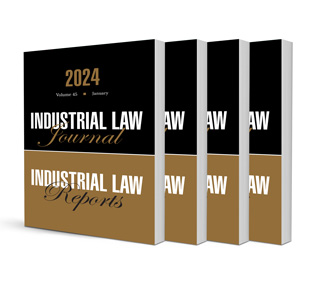Reasonableness Review — The Quest for Consistency

Reasonableness Review — The Quest for Consistency
Author Anton Myburgh
ISSN: 2413-9874
Affiliations: Senior Counsel, Johannesburg Bar (Sandton); Adjunct Professor of Law, Nelson Mandela University
Source: Industrial Law Journal, Volume 45 Issue 3, 2024, p. 1377 – 1394
https://doi.org/10.47348/ILJ/v45/i3a1
Abstract
Reasonableness reviews in the Labour Court are something of a lottery because different judges have different thresholds for unreasonableness. This article discusses three things that the labour courts can do with a view to achieving a measure of consistency in decision-making: firstly, by determining the intensity with which reasonableness reviews should be undertaken, particularly in relation to dismissal for misconduct awards; secondly, by setting uniform standards for the threshold for unreasonableness; and, thirdly, by adopting a uniform approach to the methodology involved in testing for reasonableness on review.